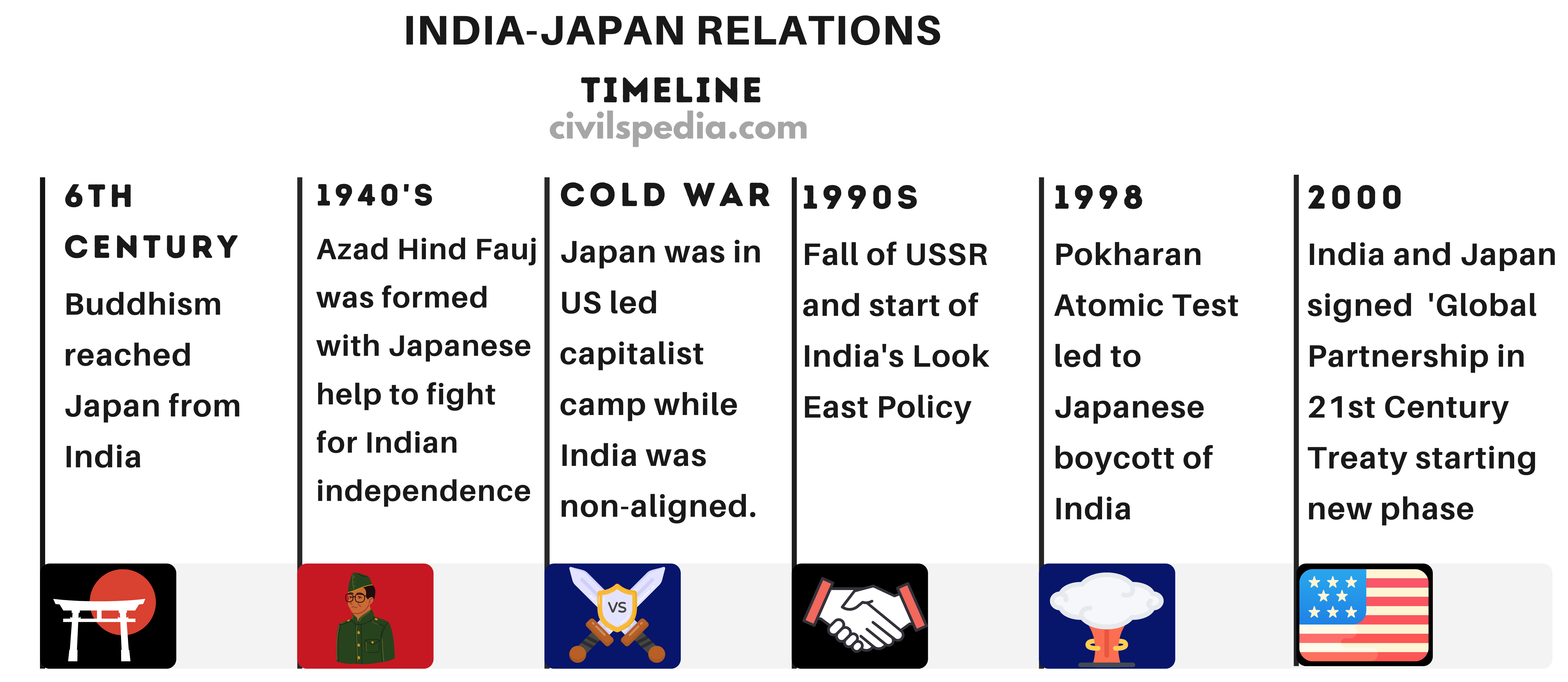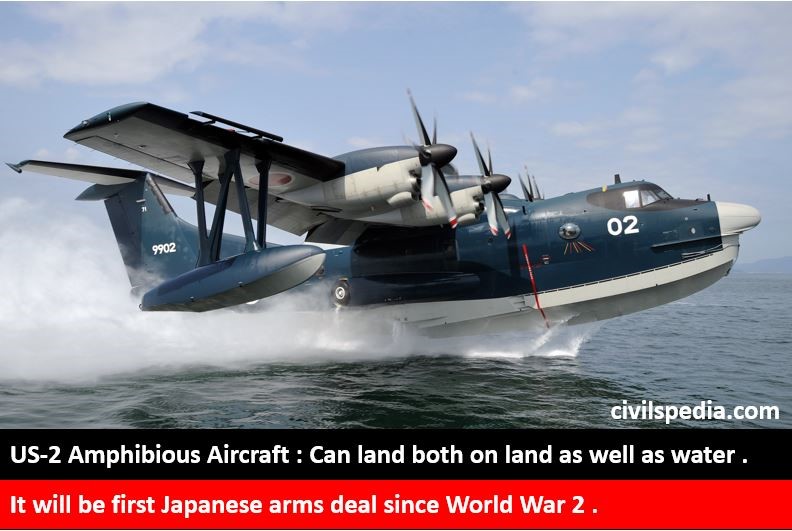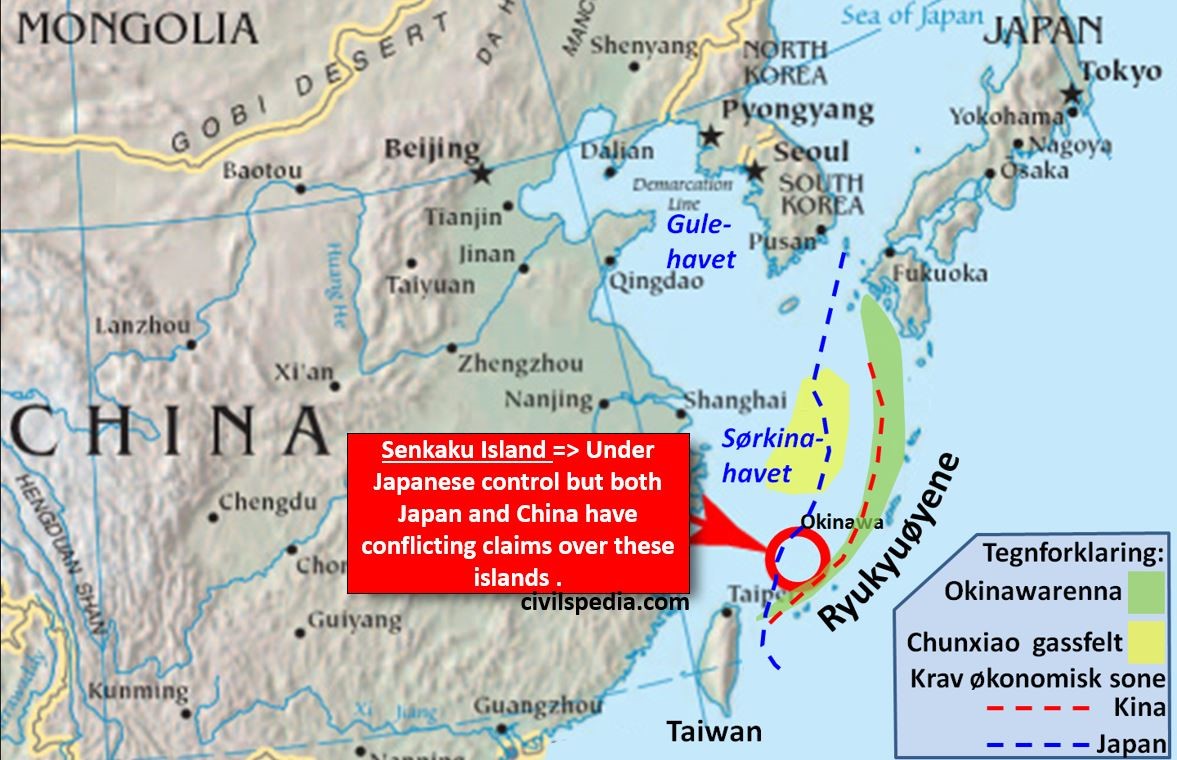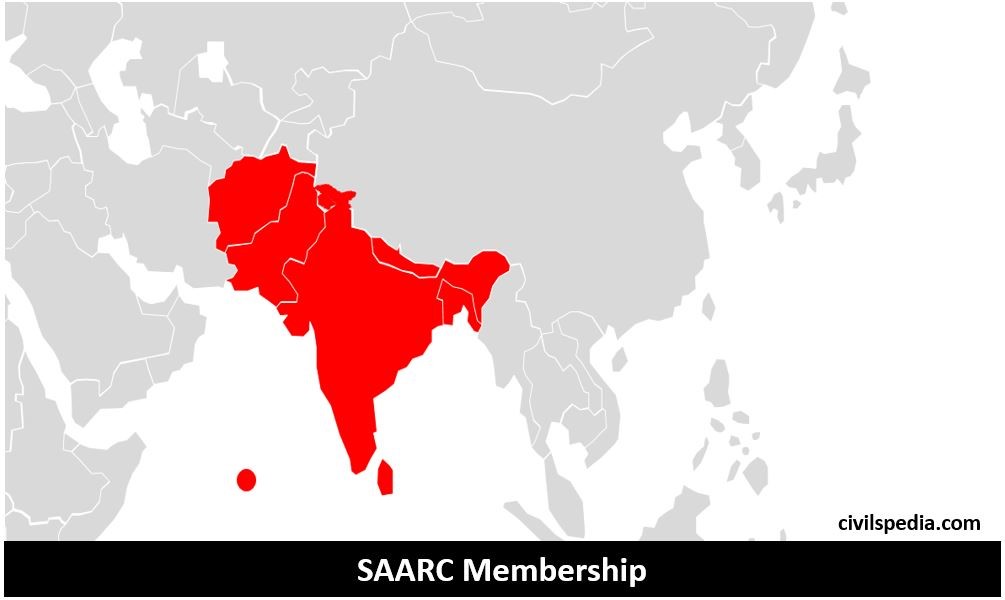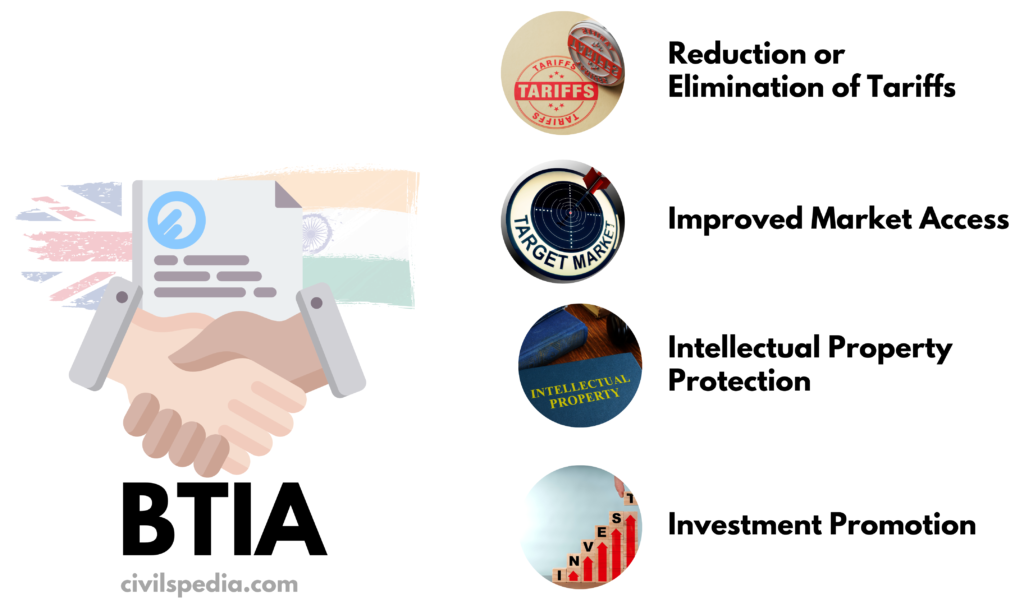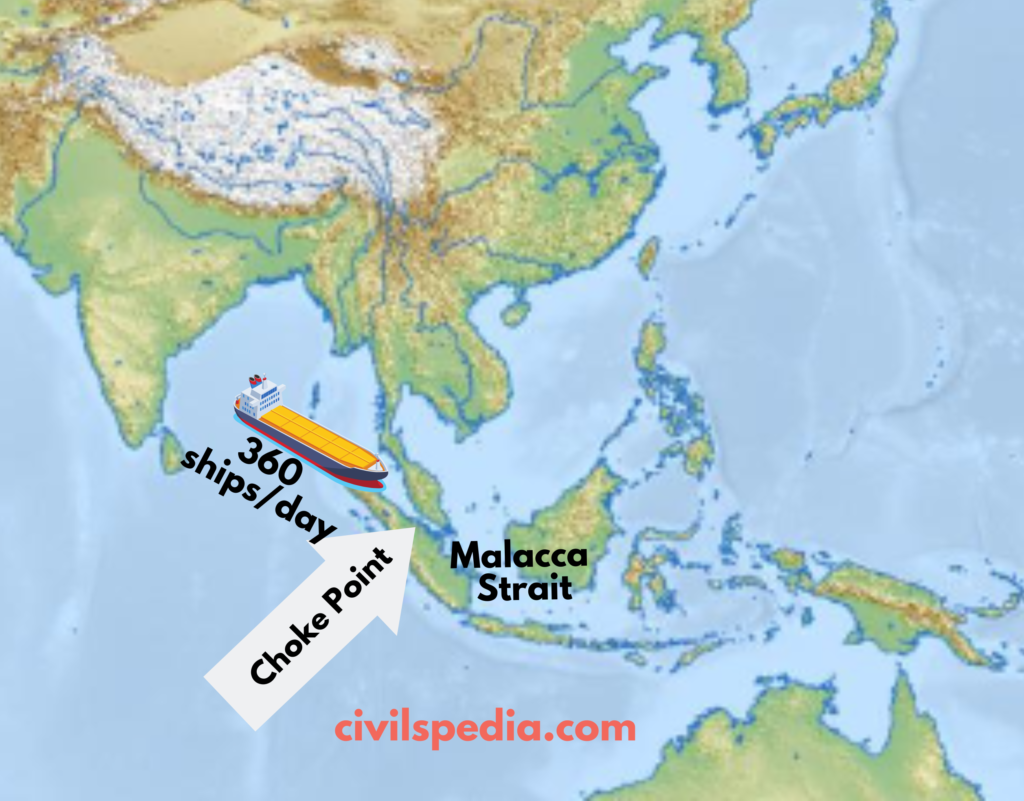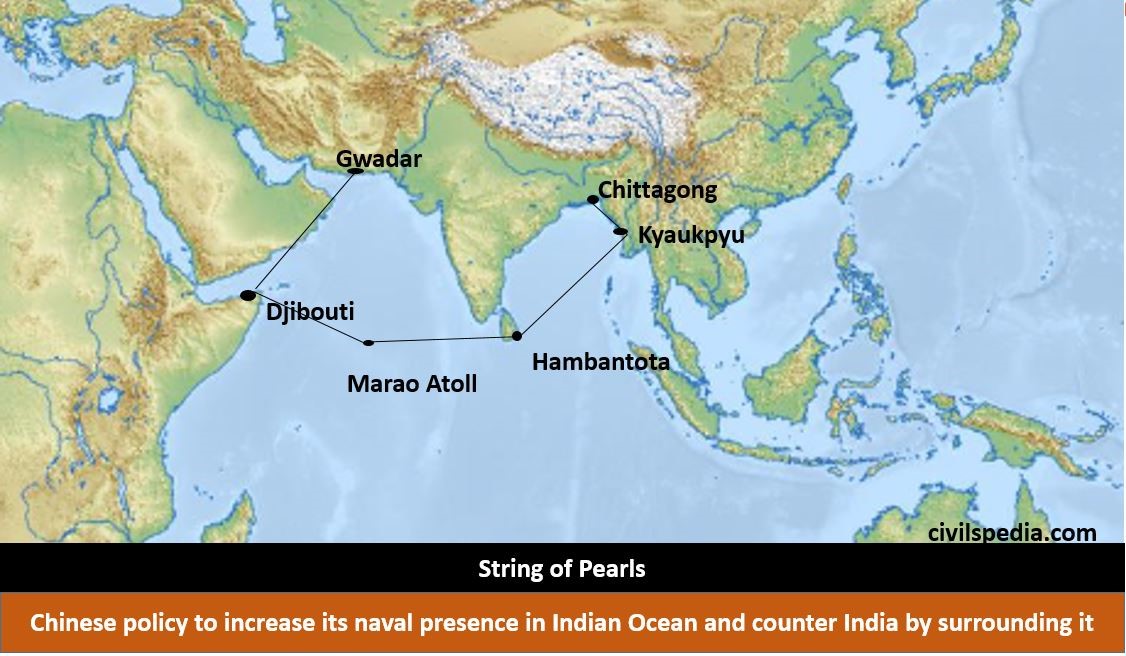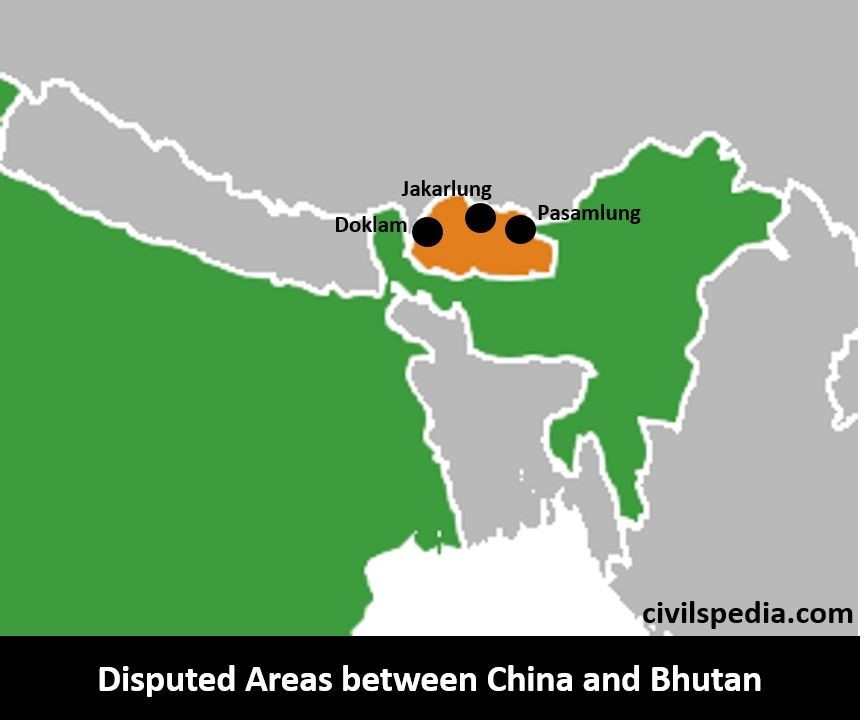
Last Update: September 2025 (India-Myanmar Relations)
India-Myanmar Relations
This article deals with ‘India-Myanmar Relations.’ This is part of our series on ‘International Relations’, which is an important pillar of the GS-2 syllabus. For more articles, you can click here.
Historical Bonds
- Two Indian monks named Tapusa and Bhallika promoted Buddhism in the Myanmar region in ancient times. Ashoka, during his reign, also sent missionaries to Myanmar or Burma.
- Rulers of Myanmar, since ancient times, have been majorly Kshatriyas, and their origins can be traced back to India.
- Britishers exiled Bahadur Shah Zafar, the last Mughal Emperor, to Yangon in Myanmar and the Konbaung King of Myanmar to Ratnagiri.
- When Britishers annexed Burma in the 19th century, they administered Burma as the province of India until 1937, when Burma was separated from British India and made a separate colony.
- Yangon was once a centre for India’s independence struggle. General Aung San, Burma’s independence hero, was a close friend of Netaji.
- In 1951, India and Burma established diplomatic relations in modern times through a treaty of friendship.

Importance of Myanmar for India
Myanmar is vital for India because
- Myanmar is an integral part of India’s Act East Policy.
- Myanmar can act as transit for North East.
- It is the only Indian neighbour of ASEAN. Hence, Myanmar can serve as India’s Bridge to ASEAN.
1. Connectivity
It can be seen in the following aspects
1 . Bridge to ASEAN
Projects in which Myanmar is important include
- IMT Highway: Highway connecting Moreh in India to Mae Sot in Thailand and passing through India, Myanmar & Thailand.
- BCIM Project: Bangladesh, China, India and Myanmar are part of this project.
2 . Important for connecting North East
- Myanmar is essential for the connectivity of North-East India with the rest of the world.
- The important projects in this regard include Kaladan Multimodal Transit Transport Project.
Side Topic: Kaladan Multimodal Transit Transport Project
- Kaladan Multimodal Project can act as an alternate outlet for North Eastern states and an alternate route to connect to mainland India.
- It will connect Kolkata (port) => Sittwe (port in Myanmar) => Paletwa (river port on Kaladan river) => Mizoram (via road).
- The project will boost employment and lower the food prices in the region, but the intrusion into the area will threaten local heritage.

Side Topic: BCIM Corridor
BCIM Corridor will start from Kunming and end at Kolkata, passing through Bangladesh, China, India and Myanmar.

Why China wants BCIM?
Southwest China is landlocked & poor. China hopes, the BCIM corridor will
- Provide an outlet to Yunan province
- Boost trade & tourism in the region
Thereby reducing poverty and extremism in its southwest region.
Advantages of BCIM
- For Act East Policy and North East
- BCIM project is in line with India’s Act East Policy.
- Indian states of the North East will come into the mainstream.
- It can help in containing insurgency in North East by providing economic prosperity.
- Exploiting each other’s trade complementarities, i.e. China’s manufacturing, India’s Service sector, Bangladesh’s low-cost manufacturing and Myanmar’s cheap labour and raw material.
- BCIM project will help in creating Energy Corridor as
- South-West China (Yunan Province), Bangladesh, Myanmar and Assam have petroleum resources.
- This region has vast potential for Hydro-Electric Energy.
- It will lead to a revival of Kolkata port. Earlier, Kolkata’s importance was lost due to its unnatural isolation from its natural eastern neighbourhood.
- It will help exploit a huge market as the region hosts nearly 50 crore people & a growing middle class with increasing per capita income.
- Tourism in the region will get a boost as well.
Problems
- Ethnic insurgency :
- Fighting between Myanmar Army and ethnic Kokang rebels based near the Chinese border.
- United Wa State Army runs a parallel government in North Eastern Myanmar.
- Indian North Eastern states are themselves hit by insurgency.
- China insists on making it part of the Belt and Road Initiative (BRI), and India is not part of BRI.
- Due to this project, India’s trade deficit with China will increase further.
- The region is also hit by communal violence involving Buddhists and Rohingya Muslims.
Side Topic : IMT Highway
- It will connect Moreh in Manipur to Mandalay in Myanmar to Mae Sot in Thailand.
- India and Thailand have constructed their part. Only Myanmar is lagging because of political instability.

2. LNG / Energy
- Myanmar has extensive reserves of natural gas.
- Myanmar’s gas is attractive for India because
- Proximity: Easy to transport via pipelines.
- Untapped: Indian Companies like ONGC Videsh can buy a stake.
- It can usher prosperity in North-Eastern states.
- ONGC has already invested $1.6 billion in Myanmar gas for a 30% stake in Shwe gas fields.
- Jubilant Energy and Reliance are also working in shallow water blocks in Myanmar.
- Note: China is far ahead as Chinese investments in the energy sector in Myanmar has been $ 8 billion.
3. Trade & Investment Opportunities
- Myanmar’s economy is opening up. Hence, there are immense investment opportunities for Indian companies.
- India imports beans, pulses and forest products from Myanmar while it exports steel and pharmaceutical products to Myanmar.
- Myanmar is also helpful in ‘Make Outside India’ because of Free Trade Access to ASEAN Market.
- There are extensive untapped Natural Resources (oil, gas, teak, copper & gemstone) in Myanmar, which can aid the growth of the Indian economy.
- Myanmar is the second-largest supplier of beans and pulses to India.
- There has been a massive presence of Indian companies in Myanmar. Tata Motors has established a truck assembly plant in Magway. Apart from that, GMR, TVS motors, Birla Corporation, ITC hotels, Shree cement and Bharti Airtel are the notable Indian companies in Myanmar.
- State Bank of India has also acquired the commercial license for banking purposes in Myanmar.
- India is also trying to build a Buddhist circuit in association with Myanmar, where India intends to promote tourism and create jobs.
4. Security
- Insurgents in North East, especially Naga groups, find safe havens in Myanmar where the border is not fenced and free movement of people is permitted due to the 16 Km Free Movement Regime.
- In 2015, Indian troops reportedly crossed into Myanmar to target an NSCN (Khaplang) military camp. India & Myanmar are now helping each other in containing insurgency by not allowing insurgents to take shelter in each other’s territories.
- Myanmar is a part of the Golden Triangle (Myanmar, Thailand and Laos) and has become an important transit country for illegal drug trafficking. In 2010, India and Myanmar established the Mutual Legal Assistance Treaty on criminal matters, which has emerged as the core legal instrument to address issues related to drug smuggling.
- India has been a significant arms supplier to Myanmar. India has supplied T-55 tanks, transport planes and naval crafts to Myanmar.
- In 2006, both concluded an MoU on intelligence sharing and training of Myanmar military personnel.
Side Topic: Rohingya Issue
- Many Muslims were taken by the Britishers from Bengal to Burma from 1823 onwards when the British occupied the Rakhine state of Myanmar. After the independence of Burma in 1948, these Muslims stayed back in Burma. These are known as Rohingyas in Myanmar.
- According to the 1982 Citizenship law of Myanmar, the Rohingyas were not recognized as an official ethnic group and, since then have become stateless in Myanmar.
- In 2011, ethnic violence broke against the Rohingyas under a radical and rightist Buddhist monk known as Ashin Wirathu. It led to the mass exodus of Rohingyas to Bangladesh, India and Thailand. Those who remained in Myanmar were ghettoized and persecuted.

- There are around 40,000 Rohingyas in India. The Indian government has decided to deport the Rohingya Muslims as
- They have immigrated to India illegally.
- These illegal immigrants, living majorly in Kashmir, are susceptible to recruitment by terrorist groups and thus constitute a security threat to India.
- The influx of Rohingya Muslims to India also disturbs society’s demographic pattern and social, political, and cultural stability.
5. People to People Contacts
- Buddhism reached Myanmar from India.
- Both nations had excellent relations for centuries. Even during British colonialism, both Myanmar and India had almost a free movement of people & goods.
- Many Tribes in the North East, like the Nagas, have a population on both sides of the border.
- India has a two-million diaspora in Myanmar.
- India was one of the first countries to send relief in response to the 2025 earthquake. India sent NDRF personnel and monetary and medical help.
6. Multilateral Engagements
- ASEAN: Myanmar is the only ASEAN country that shares a land border with India.
- BIMSTEC: Myanmar is a member of BIMSTEC.
- India and Myanmar are part of the Mekong Ganga Cooperation.
- SAARC: Myanmar was given the observer status in SAARC in August 2008.
Issue: China Factor
- Myanmar shares a 2,100-km border with China.
- Myanmar is part of OBOR, and China is building a following in Myanmar
- Kyaukpyu port
- Pipelines and Rail connecting Kyaukpyu to Yunan.
- Myanmar is important to provide an outlet to the underdeveloped South Western Province (Yunan).
- Energy: China has invested $ 8 billion in the Energy sector.
- Debt Trap Diplomacy: China holds 40% of Myanmar’s debt.
- Myanmar’s military equipment is 80% Chinese.
- With Ethnic conflict going on in Myanmar & its porous borders with China, Myanmar requires Chinese assistance to cope with the situation.
Advantages of India over China in Myanmar
- India prefers to give ‘Development & Human Capital Formation loans” while China indulges in ‘Debt Trap Diplomacy’.
- India can help Myanmar in building up strong democratic institutions.
- India is investing heavily in Myanmar. E.g., Sittwe Port and Kaladan Multimodal Project .
- Both are part of Multilateral Forums like BIMSTEC and the Indian Ocean Rim Association.
- Cultural Ties: India is the birthplace of Buddhism, and most of Myanmar’s population follow this tradition.
Constraints
1. Military Coupe
- In a Coupe in February 2021, the Military (Tatmadaw) has taken the control into its hand and has placed “State Counsellor” Aung San Suu Kyi under house arrest. It was in response to her party’s landslide victory in the general elections in which the military-backed party was defeated badly.
- In the absence of strong democracy, India cant invest freely in Myanmar. Apart from that, the coupe will strengthen the Chinese presence in Myanmar as Western pressure on Myanmar to restore democracy will force the military leaders to go near China.
2. Rohingya Problem
- A large number of these refugees have also fled to India.
- Sittwe port and Kaladan Multimodal Project also passes through Rakhine Province.
- Due to state persecution of Rohingyas, an insurgent group in the firm of the Rakhine Rohingya Salvation Army has arisen.
3. Chinese Factor
China is investing in large projects in China as part of its ‘Debt Trap Diplomacy’. Ports like Kyaukpyu are alleged to be part of China’s String of Pearls strategy to contain India.
4. Project Delays
There is widespread discontent against India over continuing delay in the completion of flagship projects — Kaladan and the India-Myanmar-Thailand trilateral highway.
5. Insurgencies
- India’s North-East is hit by insurgencies, making the completion of projects with Myanmar extremely difficult.
- Sittwe port lies in the Rakhine province, which has been destabilised due to the Rohingya crisis.
- Moreover, the Kaladan project is disrupted by the activities of the Arakan Army.
6. Economic Development
- Myanmar is one of the poorest nations in Asia. Infrastructure in Myanmar is almost non-existent. Hence, Private Indian capitalists hesitate to invest.


